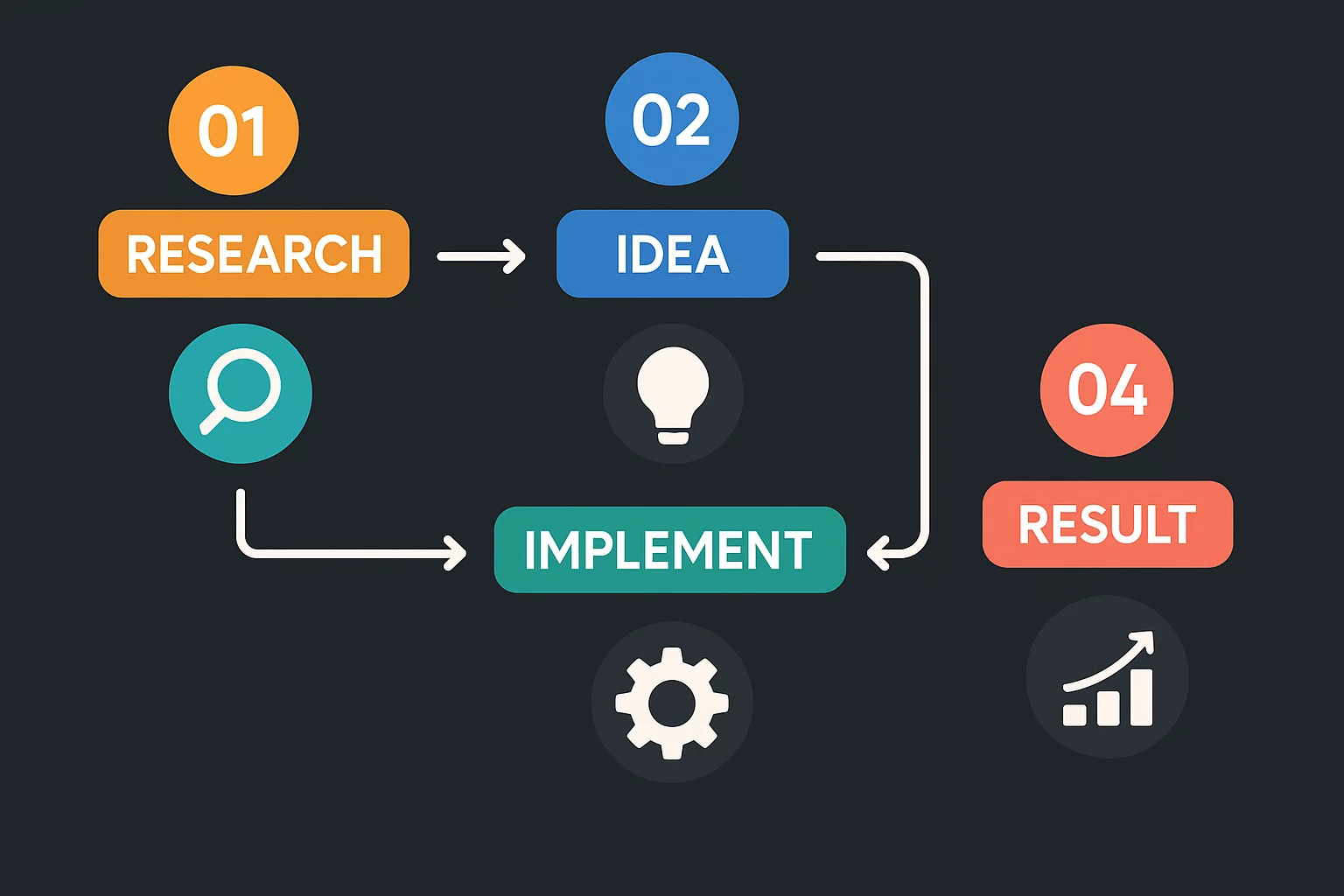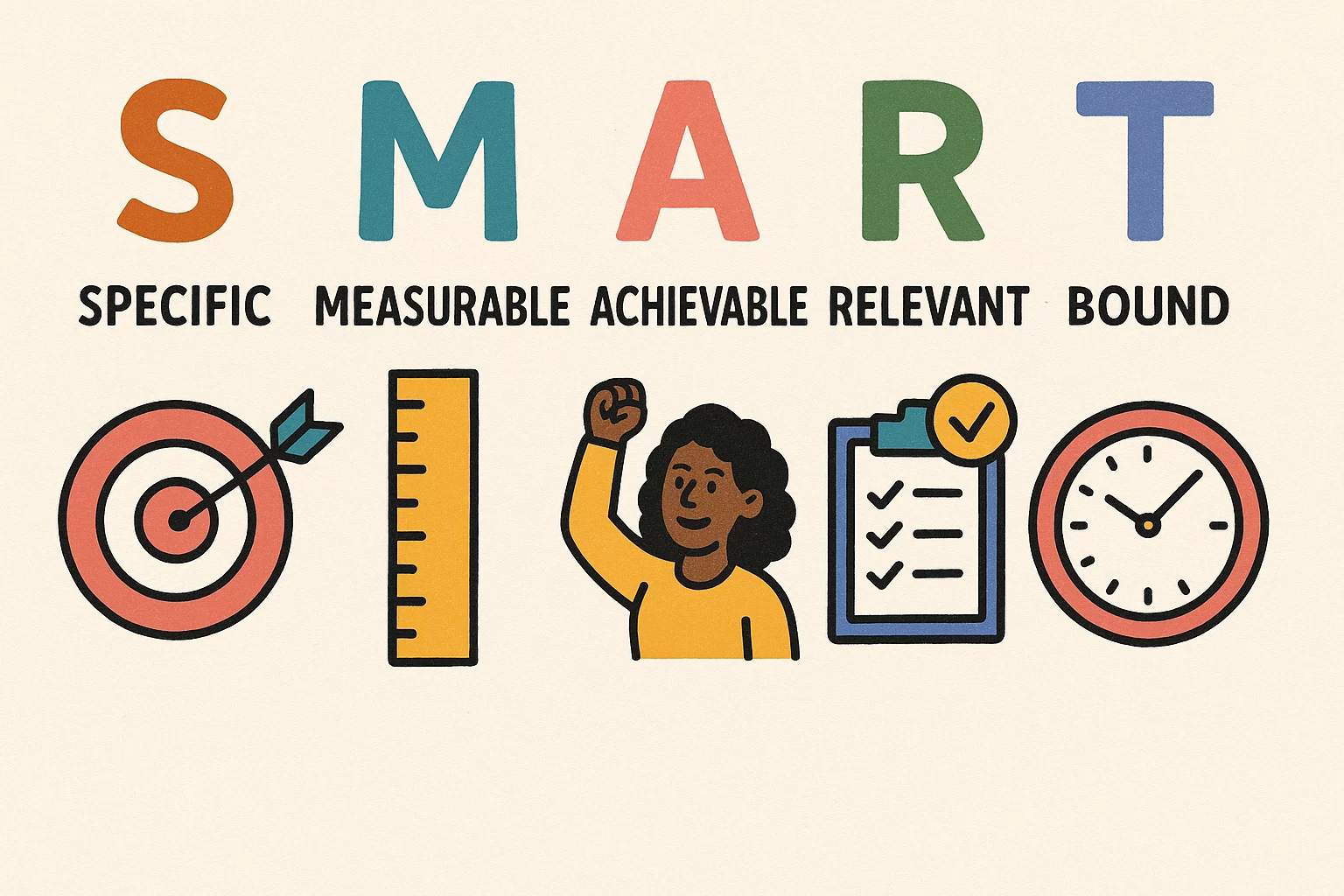Many entrepreneurs entering the solar manufacturing space focus intently on machinery, production capacity, and financial models. While these elements are undeniably critical, the most decisive factor for long-term success is often overlooked in the early stages: the people who will operate, maintain, and manage the factory.
After all, the most advanced production line is only as effective as the team behind it.
Choosing between a manual, semi-automated, or fully-automated facility isn’t just a technical decision—it’s a decision about human capital. Understanding the distinct workforce requirements for each approach is the foundation of a resilient and profitable solar manufacturing business.
The Automation Spectrum: More Than Just Machines
A solar module production line is a sequence of sophisticated processes. How these tasks are divided between human hands and robotic systems defines the level of automation. Each level presents a different operational reality and demands a unique set of skills from your workforce.
Manual Production: Operators perform most tasks by hand, from cell stringing to framing. This approach is labor-intensive and relies on human dexterity, consistency, and focus.
Semi-Automated Production: A hybrid model where robots handle highly repetitive or precise tasks (like cell soldering), while operators manage processes like material loading, quality checks, and final assembly.
Fully-Automated Production: An integrated system where robots and automated conveyors manage nearly the entire process, from raw materials to the finished module. Human involvement shifts from direct labor to system supervision, maintenance, and process optimization.
Matching Skills to Systems: A Tale of Two Workforces
Your decision on automation directly shapes the profile of your ideal employee. A common mistake is assuming one type of workforce is universally ‘better’ than another. Success depends on aligning your technology with the skills available in your region.
The Manual & Semi-Automated Workforce: Hands-On Precision
In a manual or semi-automated setting, the value of your workforce lies in its discipline and dexterity. Your team is the core of the production process.
Required Skill Set: The emphasis is on mastering specific procedures. Key attributes include high attention to detail, steady hands for delicate tasks, the ability to follow multi-step instructions consistently, and a foundational understanding of quality control principles.
Typical Roles: Line Operators, Assembly Technicians, Quality Control Inspectors, and Material Handlers.
Training Focus: Training centers on mastering specific tasks, adhering to safety protocols, and developing a keen eye for visual defects. While individual training cycles may be shorter, managing a larger workforce requires strong supervision and management. Industry data suggests that manual lines can require up to 40% more direct labor hours per module, making efficient training and team management paramount.

The Fully-Automated Workforce: Minds-On Oversight
In a fully-automated factory, the primary role of your team shifts from direct labor to managing the systems that do the work. The workforce is smaller but needs to be far more technically specialized.
Required Skill Set: The demand shifts from physical skill to analytical and technical expertise. You need individuals proficient in mechatronics, PLC (Programmable Logic Controller) programming, data analysis, and robotics maintenance. Problem-solving becomes the most critical competency.
Typical Roles: Robotics Technicians, Control Room Operators, Maintenance Engineers, and Process Analysts.
Training Focus: This requires a significant investment in advanced education and specialized training. Sourcing this talent can be a primary challenge. A recent analysis of automated facilities found that over 60% of production downtime was related to software or control system errors, underscoring the critical need for skilled technicians who can diagnose and resolve complex issues quickly.

Choosing the right level of automation is a foundational decision. Our overview of turnkey production lines can help you weigh the strategic factors for your specific project.
The Hidden Costs of a Skills Mismatch
Choosing a factory model without a clear workforce strategy can lead to significant, often unexpected, challenges that undermine your investment.
The ‘Cheap Labor’ Trap: Building a manual factory in a region with low labor costs seems logical. However, if this is the only consideration, it can backfire. High employee turnover, inconsistent product quality from inadequate training, and difficulties scaling production can quickly erode any initial cost savings.
The ‘Technology Island’: Conversely, installing a state-of-the-art automated line in a region without a local pool of skilled technicians creates a dangerous dependency. When a system fails, you may face extended downtime while waiting for an expert to travel, leading to massive production losses and inflated operational costs.
Navigating these challenges is where an experienced partner becomes invaluable. Understanding how we work with you from the concept stage can prevent these costly oversights and ensure your factory is designed for its environment.

Building Your Team: A Strategic Blueprint
Effective workforce planning isn’t an administrative task to be handled later—it’s a core component of your business strategy that should begin the moment you decide to build a factory.
-
Conduct a Regional Skills Audit: Before you choose your technology, analyze the local labor market. Are there vocational schools, technical colleges, or universities with relevant engineering programs? This assessment is the first step in deciding which level of automation is sustainable for your region.
-
Plan for Training from Day One: A world-class training program is non-negotiable and should be integrated directly into your project timeline and budget. For a manual line, this means creating clear work instructions and a strong supervisory structure. For an automated line, it may mean partnering with equipment suppliers or local institutions to develop specialized curricula.
-
Foster a Culture of Quality: Your factory’s success is ultimately determined by the collective commitment of your team. From the very beginning, establish a culture that prioritizes process discipline, responsibility, and continuous improvement. This mindset is just as important as technical skill, whether an employee is assembling a frame by hand or analyzing production data on a screen.

Frequently Asked Questions
How many people do I need to run a solar module factory?
That depends entirely on your factory’s annual production capacity and level of automation. A smaller-scale, semi-automated line producing roughly 100 MW per year might require 30-50 people per shift. A highly automated gigawatt-scale factory might employ a similar number of staff, but the roles would be vastly different—fewer operators and more engineers and technicians. The key is to focus on the type of skills needed, not just the headcount.
Is it better to hire experienced workers or train new ones?
In many emerging markets, an experienced solar manufacturing workforce simply doesn’t exist, making a strategy built on training essential. The ideal approach is often a blend: hiring experienced managers and supervisors who can then lead and train a motivated local workforce. Investing in people is as important as investing in machines.
Can a manual factory be upgraded to be more automated later?
Yes, and this is often a wise long-term strategy. A modular factory design allows you to begin with manual or semi-automated processes to match the local skill base and keep the initial investment lower. As your business grows and your team develops, you can systematically replace manual stations with automated ones. Planning for this scalability from the start is critical for future-proofing your investment. This phased approach is central to our flexible technology solutions, ensuring your factory can evolve with your business.
Your Next Step: From Blueprint to Reality
Your workforce is the living component of your factory. Thoughtful planning that aligns your technology, your regional realities, and your people is the most reliable path to building a successful and sustainable solar manufacturing enterprise.
Planning your future workforce can feel complex, but it is a manageable process with the right guidance. If you are considering a solar manufacturing project, we are here to help you navigate these critical early decisions.
Contact us to start the conversation.
